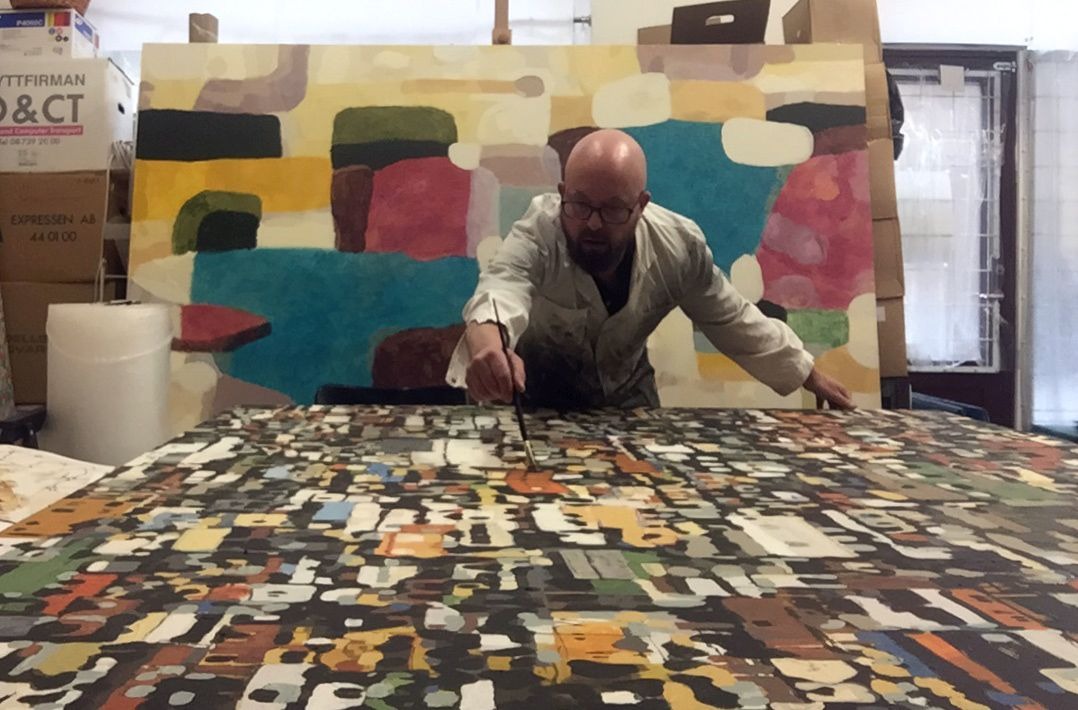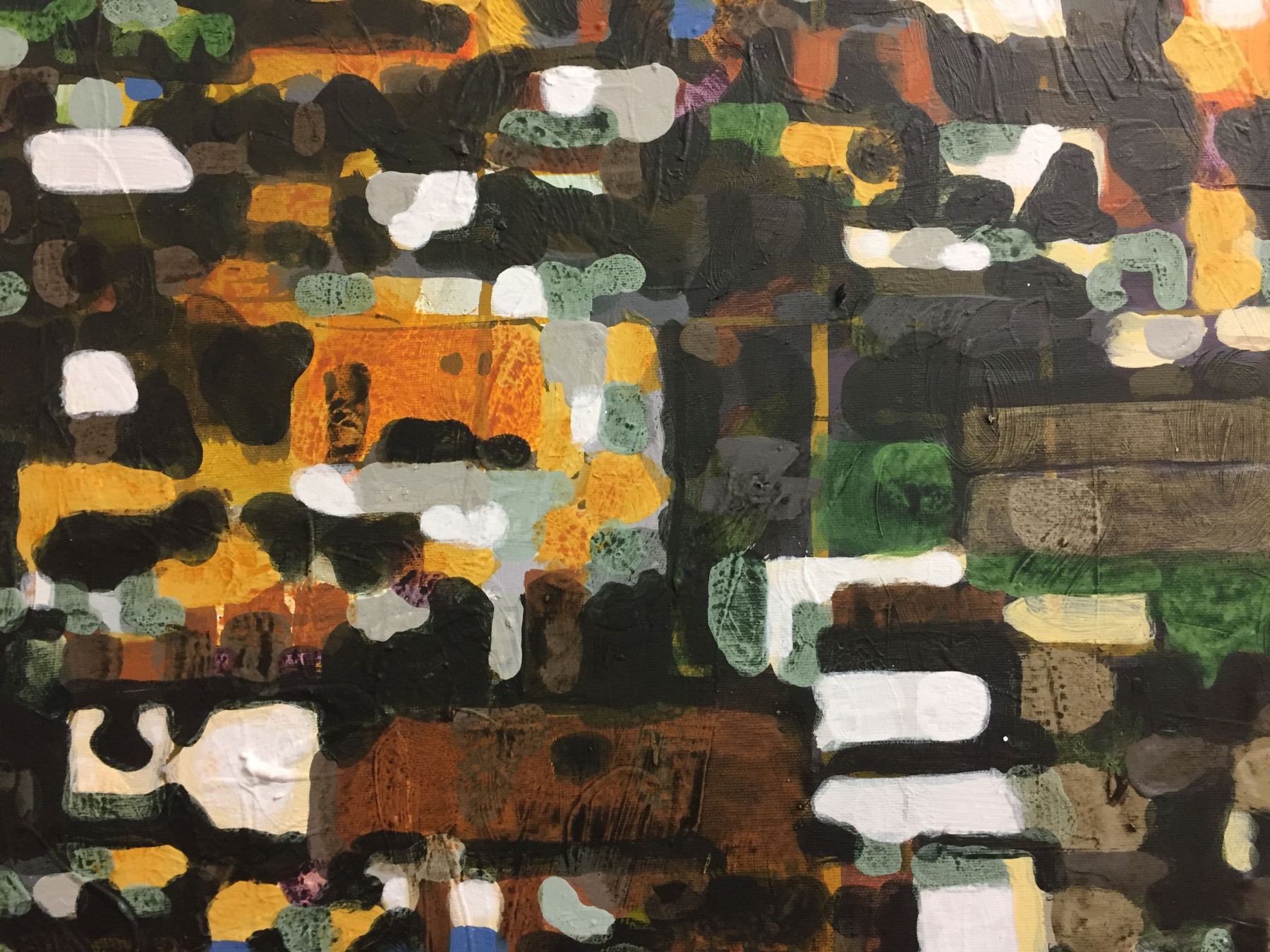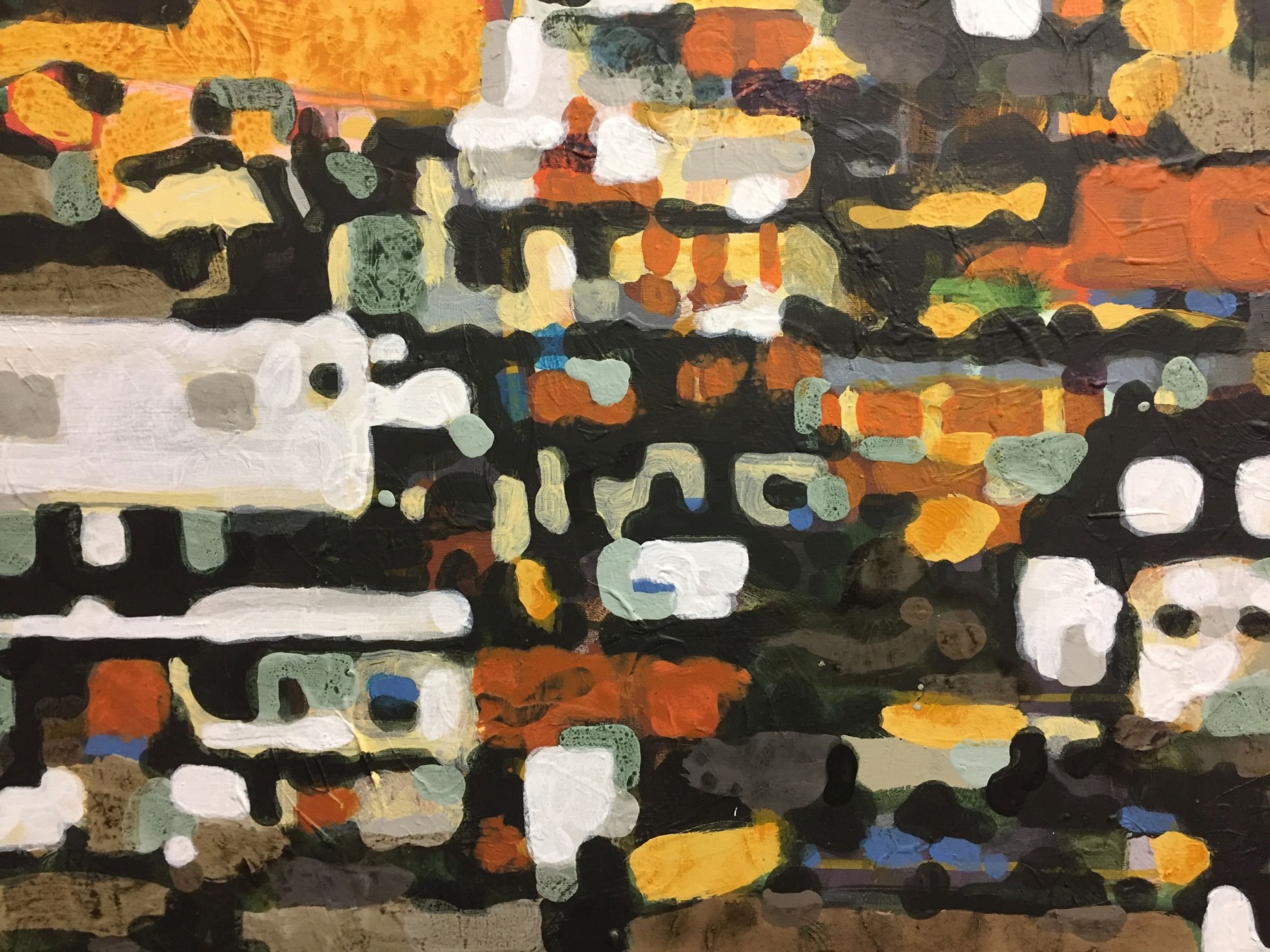
What artists are doing now. Swedish painter Andreas Ribbung in Stockholm
An inspiration and mutual solidarity project for the creative industries
In the current situation, clearly our top priority is to take care of our families, friends and fellow citizens. Nevertheless, while public life is paralyzed and museums, galleries and cultural institutions are closed, in many of us neither the urge to work nor the creative spark have disappeared. In fact, quite the opposite is happening in what is turning out to be a time that befits self-reflection and the generation of new ideas for the future. Although we are at home and self-isolating, we all – artists, creatives and Arterritory.com – continue to work, think and feel. As a sort of gesture of inspiration and ‘remote’ mutual solidarity, we have launched the project titled What Artists Are Doing Now, with the aim of showing and affirming that neither life nor creative energy are coming to a stop during this crisis. We have invited artists from all over the world to send us a short video or photo story illustrating what they are doing, what they are thinking, and how they are feeling during this time of crisis and self-isolation. All artist stories will be published on Arterritory.com and on our Instagram and Facebook accounts. We at Arterritory.com are convinced that creativity and positive emotions are good for the immune system and just might help us better navigate through these difficult times.
From his studio in Stockholm, Swedish painter Andreas Ribbung, the co-director of Supermarket – Stockholm Independent Art Fair, answers a short questionnaire by Arterritory.com:
Are you working on any projects right now in your studio? If so, could you briefly describe them?
The first two weeks I was depressed because we had to cancel and postpone our big international art fair for artist-run spaces that was to take place in April. We were almost finished with half a year of preparations, like the floor-plan, different programmes, the catalogue and art magazine, and 150 artists had booked flights and accommodation in Stockholm. I felt paralysed, exhausted.
Slowly I started to work on small paintings at home, and then I decided to finish a large painting in the studio – a painting I started to work on two years ago, but left at an early stage because it was messy and quite time-consuming. These days I have time for the meditative work to add many layers, and I listen to radio documentaries and podcasts while I paint. It’s based on a photo and you probably can see what it is. It shows a dense population as an organism, just as I had worked in a similar way with photos of crowds. But, to be honest, to me the photo is primarily a starting point and an excuse to paint an abstract painting.
What is your recipe for survival in a time of almost only bad news?
I don’t want to escape the bad news but I try to avoid reading Facebook postings from scaremongers or oversimplified and biased news articles, and instead keep myself updated with source material from authoritative experts. Like most people, I do things I usually don’t have time for, like reading books and baking bread. The most fun has been two Skype/Zoom parties with the team members of Supermarket and Candyland, respectively: we joked and laughed a lot and got drunk together.
What is something that we all (each of us, personally) could do to make the world a better place when this disaster comes to an end? It is clear that the world will no longer be the same again, but at the same time...there is a kind of magic in every new beginning.
I think we now realise that we are able to change our habits and consumption much more drastically than we ever could have imagined. We are more prepared to fight the climate crisis.
The art world and the culture sector is one of the most affected. What is the main lesson the art world should learn from all this? How do you imagine the post-apocalyptic art scene?
I worry a lot that the things I’ve been so engaged in – international exchange, artists’ mobility, and large crowded art events – will be impossible to plan for.
Maybe I will lock myself up in my studio and paint more again. That part of my artistic practice is actually quite unaffected.






***
Andreas Ribbung is a painter, co-founder of the artist-run space Candyland (since 2004), one of three Creative Directors of Supermarket – Stockholm Independent Art Fair (since 2006), and co-founder of a mostly European network of fifteen artist-run spaces called AIM Network. He is also a Consultant for public art acquisitions in the health care system.